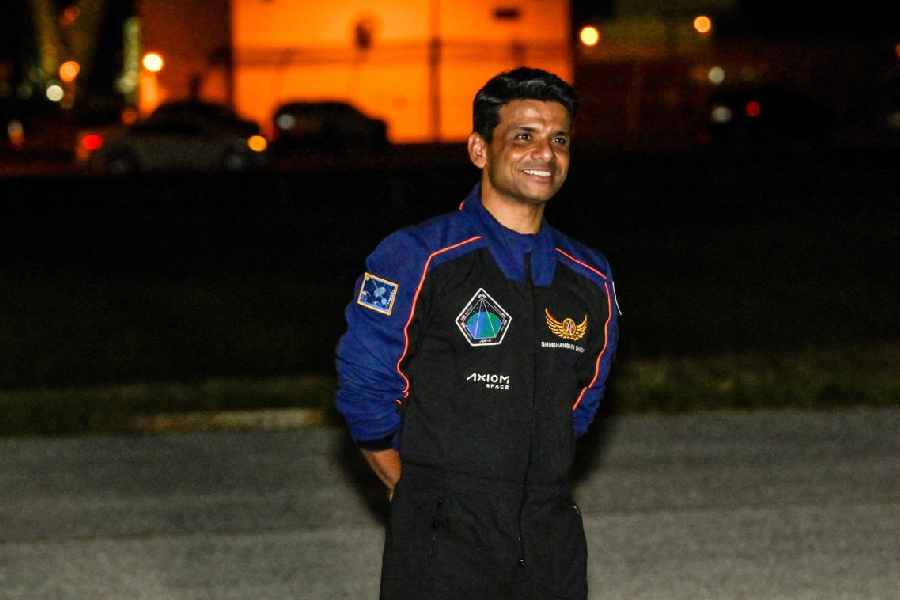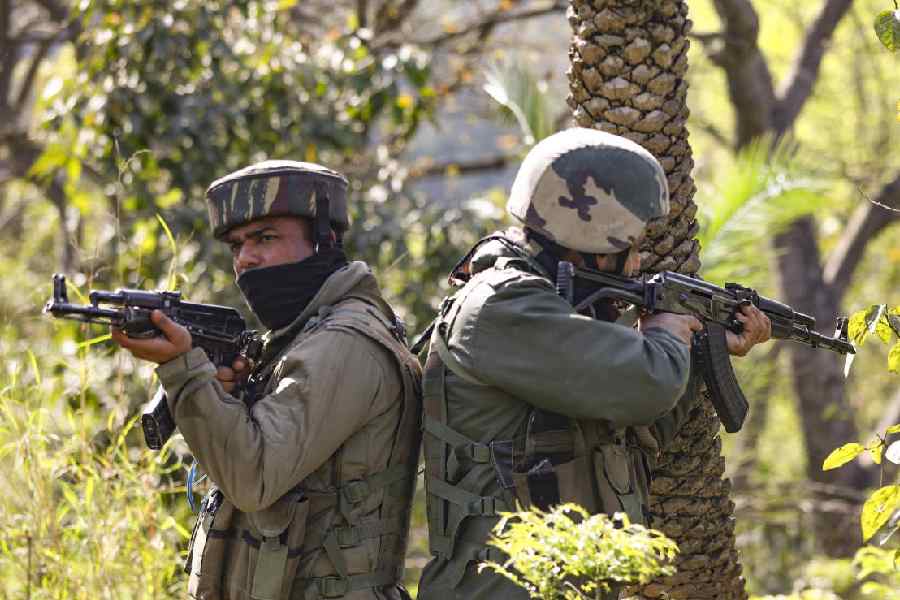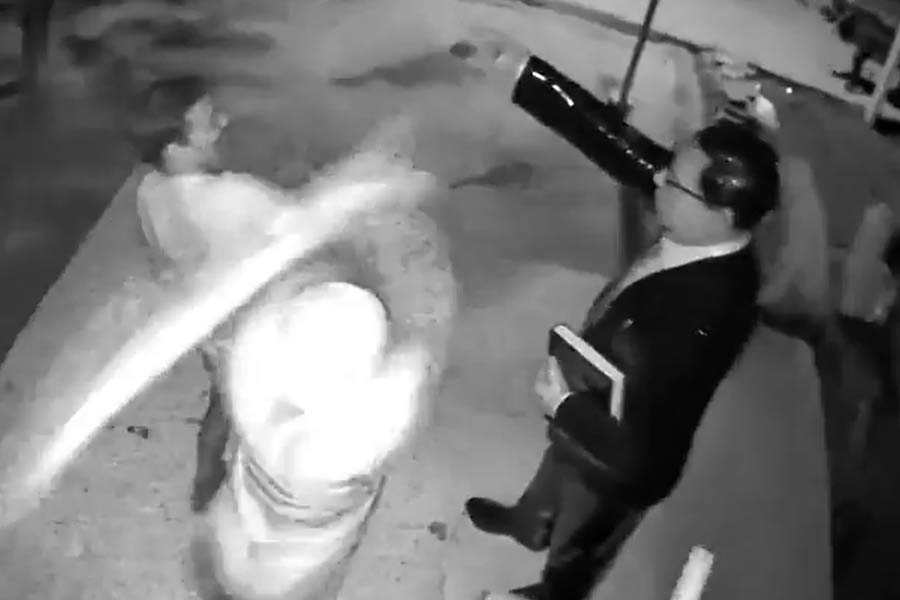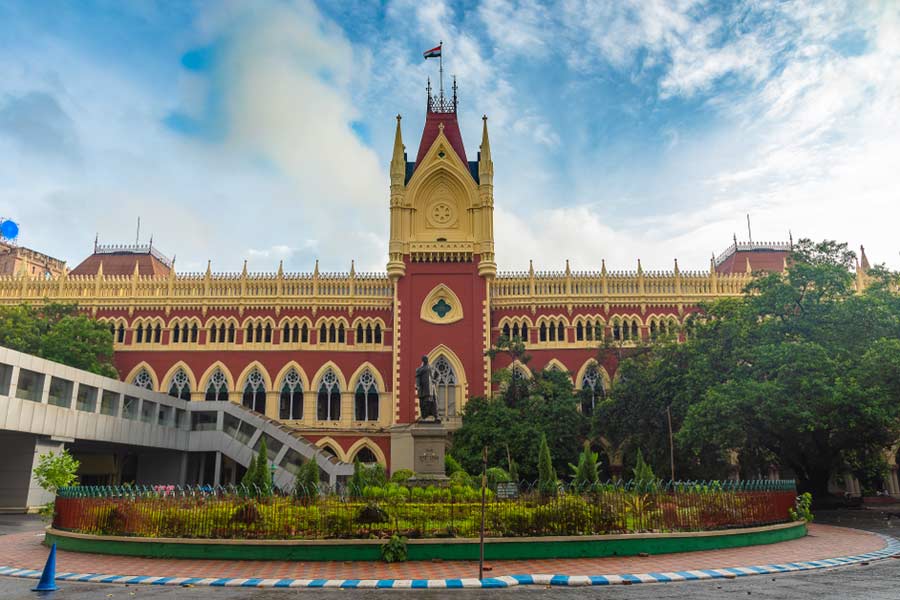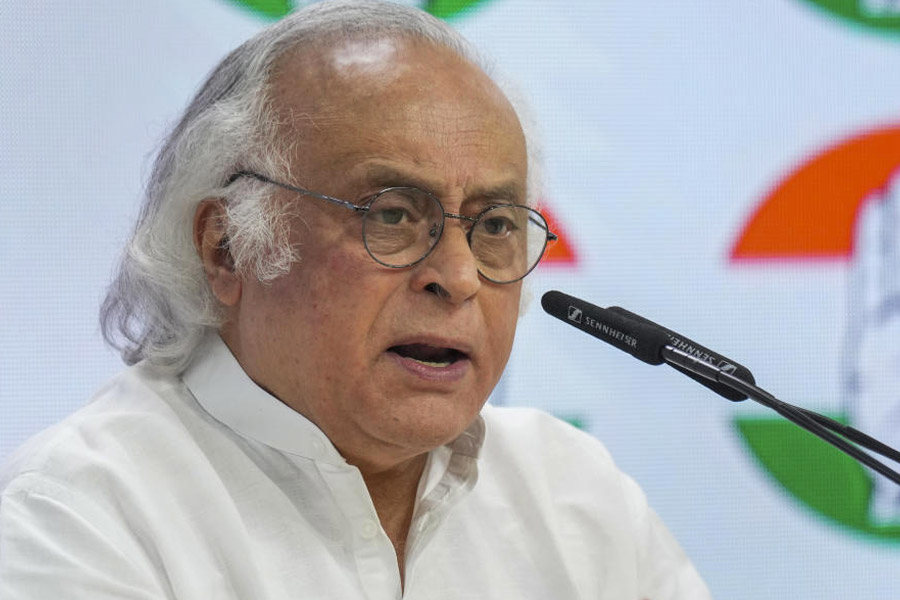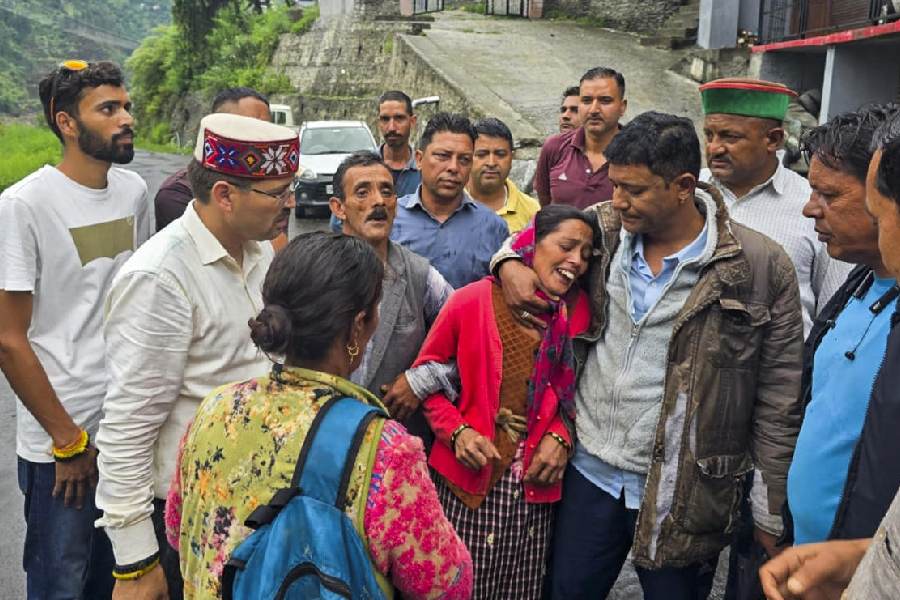One reason the sanctuary was awarded world heritage status was that Unesco recognised it as an exceptional example of cultural interchange. It is the place where sub continental Hindu architecture was introduced into Southeast Asia over 1,600 years ago and evolved for over 10 centuries, while intermingling with Buddhist culture.
For several years now, teams from Italy and France have been working on the site, dotted with red-brick shrines and other structures, mainly built in the Indian architectural style of Shikhara (tapering towers).
“Our (Indian) help has been sought because we have expertise in Indian architecture,” said an official of the ASI, which has undertaken the project under the foreign ministry’s directions. “We will be working on only one portion of the sanctuary.”
The restoration is expected to be a part of next week’s scheduled bilateral talks with the Vietnamese President in India.
The temples at the sanctuary, set in a valley surrounded by high mountains, were built by the Cham rulers, who established the Champa kingdom towards the end of the 2nd century AD and soon came under the influence of Hinduism.
Most of the shrines are Shiva temples though some are dedicated to other deities. The earliest is dedicated to Bhadresvara (Shiva), a name that derives from that of the Cham king Bhadravarman.
“The peak construction time was between the 8th and 10th centuries, when some of the most magnificent monuments came up here,” the ASI official said. Later, the area came under the influence of Mahayana Buddhism too.
For conservationists, the challenge is that much of the construction technique of the Cham dynasty’s workers is still a mystery. Even the decorative carvings on the temples were cut directly onto the bricks themselves, rather than onto sandstone slabs inserted into the brick walls.
From AD 1190 to 1220, the Champa kingdom was occupied by the Khmers. From the 13th century, it slowly declined and was absorbed by the growing power of Dai Viet. It ceased to exist as a kingdom in the later 15th century, when worship ceased at My Son.
The site was rediscovered and introduced to the modern world in 1898 by a French scholar, M.C. Paris.


